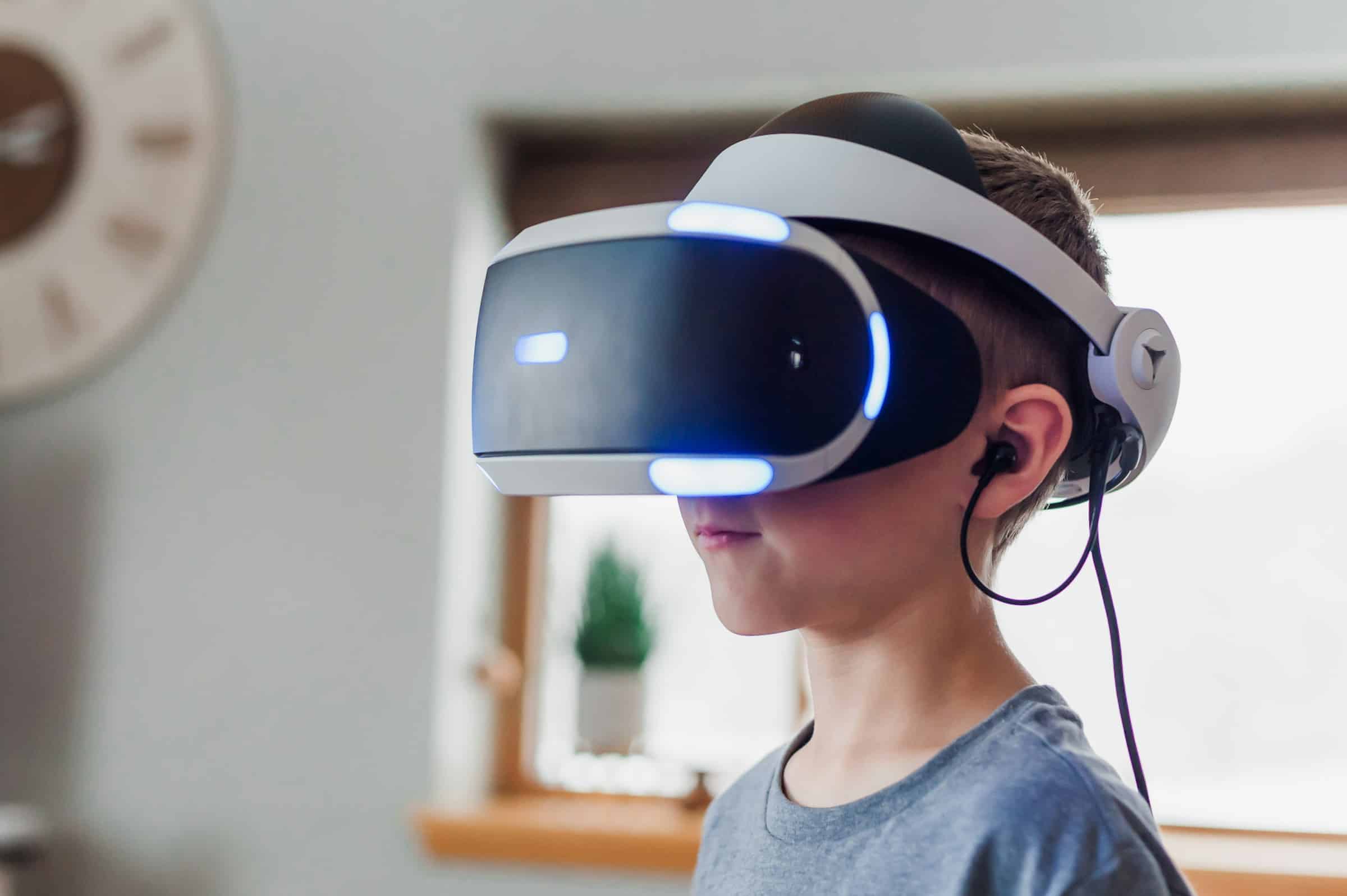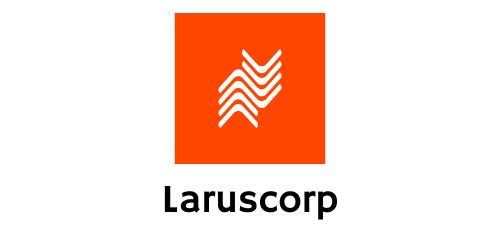
What are the steps to create an immersive VR experience for UK's tourism industry?
As virtual reality (VR) technology continues to evolve, its applications in the tourism industry have expanded remarkably. The approach of creating immersive experiences has transformed how we perceive travel, opening a new dimension of exploration and engagement. This article delves into the comprehensive steps to create an immersive VR experience tailored for the UK's tourism sector, leveraging cutting-edge technologies and creative strategies.
Understanding the Potential of VR in Tourism
Virtual reality has revolutionized the way users interact with digital content, offering a realistic and immersive way to experience destinations without physical presence. The UK's tourism industry can significantly benefit from virtual tours that provide an authentic sense of place, thereby influencing travel decisions and enhancing customer engagement.
A découvrir également : What are the critical elements of a successful digital advertising campaign for UK SMEs?
The Rise of Virtual Tourism
Virtual tourism encompasses virtual reality tours, augmented reality integrations, and 360-degree videos. These tools offer a vivid representation of tourist spots, allowing potential travelers to explore locations remotely. For instance, a virtual tour of London's landmarks can give users a taste of the city's historical richness, motivating them to visit in person.
Immersive Studio and Unreal Engine
The creation of such experiences often involves using an immersive studio and Unreal Engine, one of the most powerful tools in the VR development world. These resources can generate highly detailed virtual environments that mimic real-life locations. For businesses in the hospitality industry, this means showcasing properties in a virtual reality format that highlights their unique selling points.
Sujet a lire : What are the key considerations for implementing edge computing in UK's tech industry?
Planning and Conceptualizing the VR Experience
Before embarking on the technical aspects, it is crucial to lay down a detailed plan. This involves understanding your audience, defining the experience's purpose, and outlining the content to be included.
Identify Your Audience
Knowing your target audience is pivotal. Are you aiming at potential tourists, travel agencies, or hospitality businesses? Different audiences will have varying expectations and preferences. A VR experience for luxury travelers will differ significantly from one designed for backpackers.
Define the Purpose
Clarify the objective of the VR experience. Is it to promote a specific destination within the UK, enhance hotel bookings, or provide educational content about historical sites? A well-defined purpose will guide the development process, ensuring the final product meets both user and business needs.
Outline the Content
Decide what content will make up the VR experience. This could include historical narratives, visual highlights of the destination, interactive elements, and even augmented reality features. Collaborate with local historians, travel experts, and VR developers to create a rich and engaging storyline.
Developing the Virtual Environment
Once the planning phase is complete, the next step is developing the virtual environment. This involves high-level technical and creative efforts to ensure the VR experience is both immersive and interactive.
Using the Right Technology
Choosing the right technology is essential for creating a realistic and engaging VR experience. Unreal Engine is a leading choice due to its advanced graphics capabilities and flexibility. It allows developers to create highly detailed and interactive environments that can be tailored to specific tourism needs.
Creating 3D Models and Textures
Developing the virtual environment requires realistic 3D models and textures. This is where the collaboration with an immersive studio becomes critical. Specialists can recreate real-world locations in stunning detail, enhancing the realism of the experience. For example, a virtual tour of the Scottish Highlands would involve detailed 3D renderings of its landscapes, flora, and fauna.
Integrating Interactive Elements
Interactivity is a key component of an engaging VR tour. Integrate features that allow users to interact with the environment. This could include clickable information points, guided virtual tours, and even gamified elements to make the experience more engaging and educational.
Testing and Refining the Experience
Creating a VR experience is not just about development; rigorous testing and refinement are crucial to ensure a seamless user experience.
User Testing
Conduct extensive user testing with a diverse group of potential users. Gather feedback on usability, immersiveness, and overall satisfaction. This feedback is invaluable for identifying areas that need improvement.
Refining the Content
Based on user feedback, refine the content to enhance the overall experience. This could involve adding more interactive elements, improving graphics quality, or making the navigation more intuitive. The goal is to ensure that the final product is engaging, informative, and easy to use.
Ensuring Compatibility
Ensure the VR experience is compatible with a wide range of devices, from high-end VR headsets to more accessible options like smartphones and tablets. This broad compatibility ensures that the experience can reach a wider audience, enhancing its impact on the tourism industry.
Launching and Marketing the VR Experience
With the development and testing phases complete, the next step is to launch and market the VR experience. This involves strategic planning to ensure the experience reaches the target audience effectively.
Strategic Launch
Plan a strategic launch that generates buzz and excitement. Consider collaborating with travel influencers, tourism boards, and hospitality businesses to amplify your reach. A well-planned launch can significantly impact the success of the VR experience.
Leveraging Digital Marketing
Utilize digital marketing strategies to promote the VR experience. This includes social media campaigns, email marketing, and content marketing. Highlight the unique features and benefits of the VR experience, and use engaging visuals and testimonials to attract potential users.
Measuring Success
After the launch, continuously measure the success of the VR experience. Use analytics to track user engagement, satisfaction, and conversion rates. This data will provide insights into the experience's impact and areas for further improvement.
Creating an immersive VR experience for the UK's tourism industry involves meticulous planning, advanced technical development, and strategic marketing. By understanding your audience, leveraging the right technology, and continuously refining the experience, you can create a virtual reality tour that captivates users and enhances their travel experiences. As the future of tourism continues to evolve, embracing virtual and augmented reality will become increasingly vital for businesses looking to stand out in the competitive travel market. Whether you are a hotel looking to showcase your property or a tourism board aiming to promote a destination, immersive VR experiences offer a powerful tool to attract and engage potential travelers.
